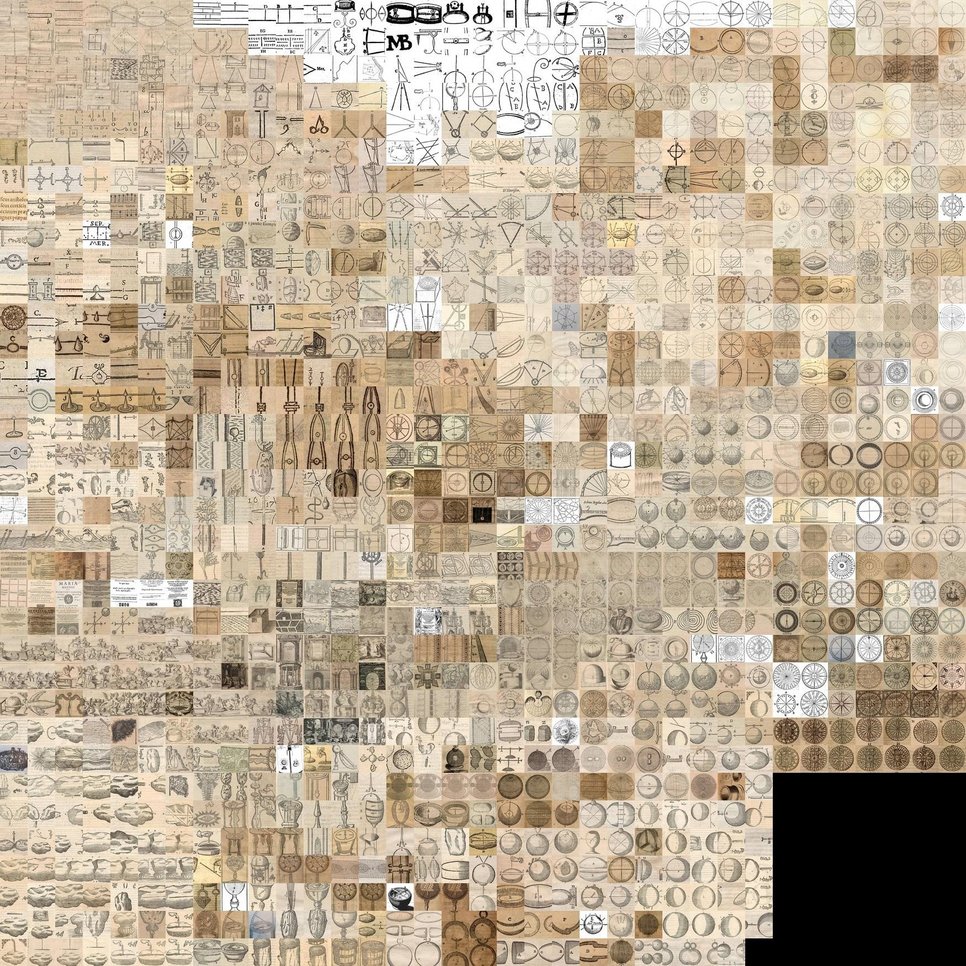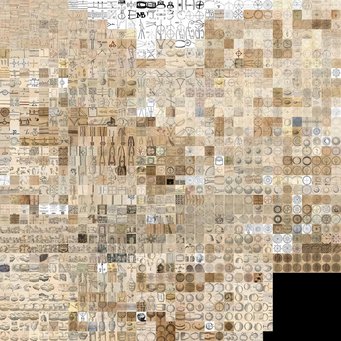Magnetic Margins: A Database of Reader Annotations in Early Modern Works on Magnetism
Christoph Sander

By the 1580s, magnetism not only became a widely studied subject in its own right, but scholars also began to devote entire monographs exclusively to this topic. This marks a significant development as magnetic phenomena had earlier been mostly studied within the context of larger works covering a variety of topics. One finds, for example, discussions of the topic in general works of natural philosophy or in manuals for navigation.
The ongoing DH project “Magnetic Margins” (www.magnetic-margins.com) investigates who was reading and annotating the most important published books on magnetism and how they were doing this. Emerging in tandem within my ongoing digital project Rara Magnetica (www.raramagnetica.de) and building on similar studies or census of other early modern sources, I study the habits of reading and annotating based on a corpus of seventeenth-century monographs. Scholars have not yet investigated how these books were actually read, although many extant copies of the several seventeenth-century editions bear rich witness to their readers’ interest as they feature various and extensive annotations.
This constantly growing dataset thus serves as a rich basis to conduct sophisticated statistical analyses and thereby uncover the interests of readers in the past: which pages of one edition across hundreds of copies show most engagement from the readers in their annotations? Which topics are dealt with on this page or in this chapter? Answers to questions of this nature, based on a large amount of data and also involving computational full-text analyses, allow us to draw conclusions about the impact and relevance of historical ideas to an unprecedented degree.
Researchers are able to answer such questions interactively through user interfaces and custom SPARQL queries. In this manner, they can transcend the established formats of library catalogs and digitization repositories and thereby develop an affinity to those readers in the past who breached the borders of the printed book by transforming these static and generic objects into unique and dynamic notebooks and personalized records of their learning. A knowledge graph that is integrated in this fashion makes it possible to interpret material evidence within a conceptual framework situated in the history of knowledge. Doing so means advancing an inclusive and transdisciplinary research agenda that unites the perspectives offered by paleography, book history, history of ideas, data and computer science, and statistics.
